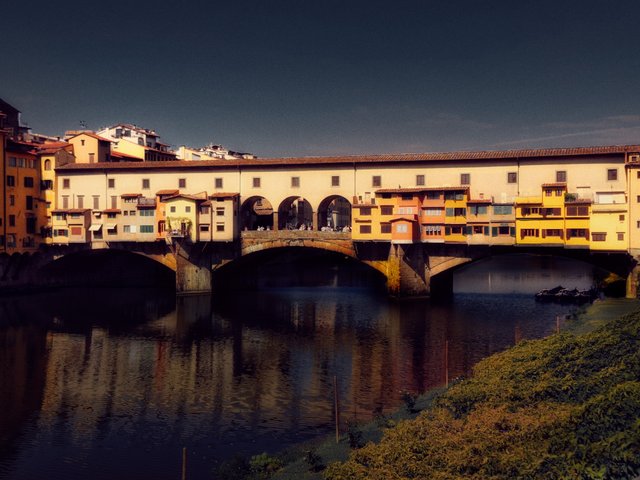📷Firenze
Dante in Florence: Childhood, Family, and the City of Towers
Dante was born in the Sesto di San Piero Maggiore, in May 1265, just eighteen months before the liberation of Florence.
He lost his mother in infancy and his father while still a boy. His father, a notary, came from a noble but decadent family—the Alighieri, Guelfs probably connected to the aristocratic Elisei, a Roman-descended house that by then had nearly disappeared.
Although Guelfs, the Alighieri did not rank among the official grandi (magnates). One of Dante’s uncles had fought heroically at Montaperti, a defining battle in Florentine history.
Dante’s Neighborhood: A Web of Families
The Sesto di San Piero Maggiore was full of families who shaped Dante’s life:
- Cerchi → his future political allies
- Donati → gave him both a friend (Forese), a foe (Messer Corso), and a wife (Gemma)
- Portinari → the family of Beatrice, “the giver of blessing” in Vita Nuova and mystical muse of the Paradiso
Nearby also lived Guido Cavalcanti, Dante’s dearest friend, part of the powerful Cavalcanti, who unlike the Alighieri were officially ranked among the Guelf magnates (grandi).
Florence: The City of Towers
As historian Signor Carocci observes in Firenze scomparsa, Florence in Dante’s youth resembled a forest of towers:
🏰 Tower Houses
- Built by powerful families
- Used for defense during factional fights
- Often dismantled when the people gained control
You can still sense this medieval atmosphere today:
- San Gimignano → “the fair town of fair towers,” best-preserved example
- Gubbio → smaller scale, but evocative
- Florence → remnants remain in Borgo Santissimi Apostoli, Via Lambertesca, Via dei Bardi, and Borgo San Jacopo
When families controlled palaces on either side of a narrow street, chains and barricades could be raised in moments—turning Florence into a fortress city.
The Political Context: Rise of the Guilds
In 1282, a year before Dante’s mystical encounter with Beatrice, Florence confirmed the government of the Secondo Popolo:
- Power entrusted to the Arti Maggiori (Greater Guilds)
- The Signoria composed of six Priors of the Arts, each representing a Sesto
- Two-month terms ensured constant rotation
- Meeting places:
- Initially → a house of the monks of the Badia, defended by the Torre della Castagna
- Later → a palace of the Cerchi (both still standing today)
The Seven Greater Guilds
- Calimala (cloth finishers and merchants)
- Money-changers
- Wool-merchants
- Silk-merchants
- Physicians and apothecaries
- Fur and skin traders
- Judges and notaries
The Judges and Notaries did not initially sit in the Priorate, but their influence was everywhere. Their Proconsul ranked just after the Signoria in civic processions.
A Republic of Merchants
As Pasquale Villari wrote:
“Henceforth the Republic is properly a republic of merchants,
and only he who is ascribed to the Arts can govern it:
every grade of nobility, ancient or new, is more a loss than a privilege.”
While the double structure of the People (under the Captain) and the Commune (under the Podestà) still remained, the Podestà’s authority diminished.
Florence was becoming, unmistakably, a republic of merchants, where commerce, guilds, and civic life defined power.
✨ Dante’s early world was one of towers and turbulence, guilds and politics, poetry and passion—a Florence both divided and flourishing, ready to produce one of the greatest poets in human history.
| Category | #italy |
| Photo taken at | Florence - Italy |
)


Upvoted! Thank you for supporting witness @jswit.
Hi! @marcoteixeira This post beautifully captures Dante’s early world a city of towers, rival families, and the birth of new ideas. I really like how it connects his personal life with the larger political and social environment of Florence. The description of the guilds and their growing influence makes the history come alive in a vivid way. It’s amazing to imagine Dante walking through those narrow medieval streets, surrounded by poets, merchants, and conflicts that would later shape his works. Florence truly seems like a city of both beauty and turmoil, perfectly reflected in Dante’s poetic soul.